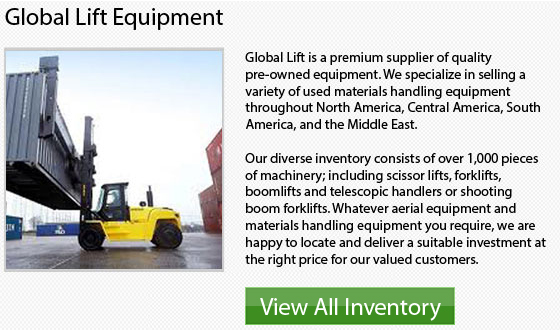
Comedil Self Erect Cranes Fort Worth
The base of the tower crane is typically bolted to a large concrete pad which provides really necessary support. The base is attached to a mast or a tower and stabilizes the crane that is affixed to the inside of the building's structure. Normally, this attachment point is to an elevator shaft or to a concrete lift.
The crane's mast is normally a triangulated lattice structure that measures 10 feet square or 0.9m2. Attached to the very top of the mast is the slewing unit. The slewing unit is made of a motor and a gear which enable the crane to rotate.
Tower cranes are able to have a maximum unsupported height of 80m or 265 feet. The maximum lifting capacity of a tower crane is 16,642 kilograms or 39,690 pounds with counter weights of 20 tons. In addition, two limit switches are used to be able to ensure the operator does not overload the crane. There is also another safety feature called a load moment switch to ensure that the driver does not exceed the ton meter load rating. Finally, the maximum reach of a tower crane is 230 feet or 70 meters.
Because of their extreme heights, there is a science involved to erecting a crane. The stationary structure would at first have to be brought to the construction site by utilizing a large tractor-trailer rig setup. Next, a mobile crane is utilized so as to assemble the equipment part of the crane and the jib. These parts are then attached to the mast. The mobile crane next adds counterweights. Crawler cranes and forklifts could be a few of the other industrial machinery that is used to erect a crane.
Mast extensions are added to the crane as the building is erected. This is how the height of the crane can match the building's height. The crane crew uses what is referred to as a climbing frame or a top climber that fits between the top of the mast and the slewing unit. A weight is hung on the jib by the work crew in order to balance the counterweight. Once complete, the slewing unit can detach from the top of the mast. In the top climber, hydraulic rams are used to adjust the slewing unit up an additional 20 feet or 6.1m. Next, the driver of the crane uses the crane to insert and bolt into place another mast section piece.
- Fantuzzi Container Forklift Fort Worth
Rail / Intermodal Reach Stacker Rail or Intermodal Reach Stackers manufactured by Fantuzzi would make fast work of difficult applications. The distances between the first and second rail will drastically vary depending on the task.... More - Taylor Rough Terrain Forklift Fort Worth
Rough Terrain Lift Truck Training Class VII or rough terrain forklifts are often used in logging and forestry projects and are common on construction sites. They are the popular option for outdoor settings which depend... More - JCB Zoom Boom Fort Worth
Raw Materials The cab, body, boom and frame of a telescoping boom rough terrain forklift are generally manufactured by a lift truck manufacturer. The most common material used for these subassemblies is steel, because of... More - Potain Self Erect Cranes Fort Worth
Tower cranes are being utilized often for big building construction projects. They are necessary for the heavy lifting and positioning of materials and machinery. Tower cranes provide a different design that offers a lot of... More - Yale LP Forklifts Fort Worth
You'll notice specific types and classes of forklifts available on the market. Once you have become familiar with the numerous models, it is easier to understand you lift truck application needs prior to choosing one.... More








